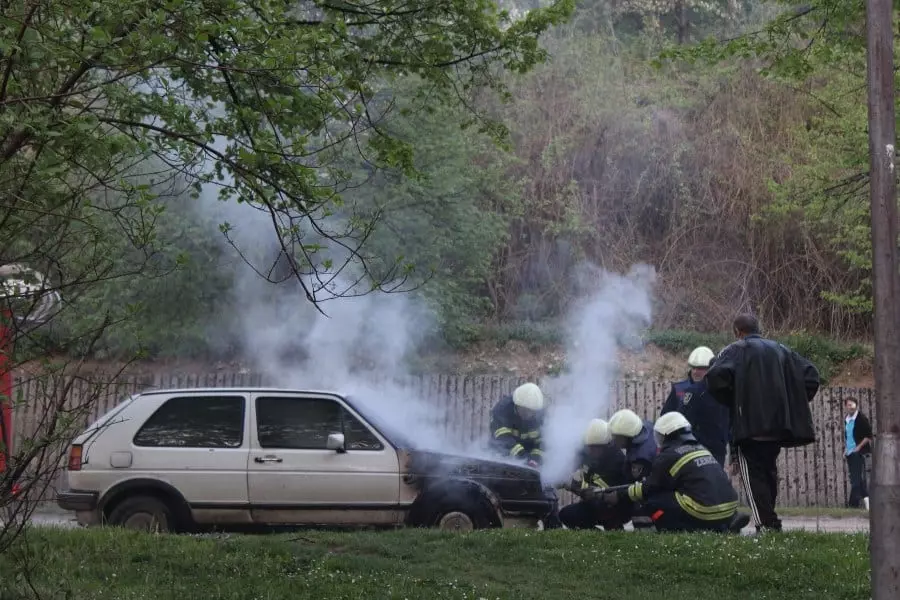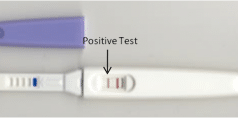
There are a lot of types of accidents where you can sustain injuries. Examples include:
- Slip and fall accidents: These makeup around 1/3 of all workplace accidents.
- Car accidents: Thousands of people are hurt and even die in car accidents every year.
- Workplace accidents: When someone is hurt at work, it may mean they can’t do their job for a period of time. Worker’s compensation coverage usually provides workers with financial compensation if they’re hurt at work and have medical bills, and need time off.
- Medical malpractice: These accidents occur when a doctor or health care provider makes a mistake or deviates from the standard of care.
The types of accidents that we talk about most often in association with hidden injuries are car accidents.
When you’re in a car accident, you may not initially realize you’ve been injured. This could be because you have a lot of adrenaline after an accident, or your injuries could be beneath the surface and not immediately apparent.
Regardless of how you’re injured or the situation, if you’re in any type of accident, you should be mindful of the risk of hidden injuries.
The following are five of the more common and sometimes scary hidden injuries to make sure you’re aware of.
1. Concussion
A concussion is a traumatic brain injury (TBI).
Concussions can be caused by a jolt, blow or bump to the head. They can also be caused by something that makes the head move back and forth rapidly. The sudden movement leads to bouncing or twisting of the brain in the skull, which then creates chemical changes in the brain and potentially damages brain cells.
The risk of a TBI is one of the big reasons that you should always at least go to get checked out by a healthcare professional if you’re in a car accident or similar situation.
While the effects of a concussion are temporary in most cases, it can lead to symptoms like loss of balance and coordination, problems with memory and concentration, and headaches.
The symptoms of a concussion might not show up immediately after the actual injury, and they can last for days, weeks, or more.
Common symptoms when someone experiences a traumatic brain injury include loss of memory and confusion, along with a headache.
Other physical symptoms of a concussion can include dizziness, blurry vision, fatigue, nausea and vomiting, and ringing in the ears
2. Internal Bleeding
Internal bleeding is something that occurs within your body that you can’t see. It’s also difficult to diagnose.
Internal bleeding is usually the result of trauma, which would include being involved in an accident. Organ damage can also cause internal bleeding, and that can stem from an accident too.
Symptoms of internal bleeding include:
- Weakness
- Dizziness
- Acute vision problems
- Chest pain
- Passing out
- Low blood pressure
- Numbness
- Nausea
- Vomiting
- Diarrhea
- Shortness of breath
- Abdominal pain
- Severe headache
You could notice that you have dark or bloody stool or vomit, and if the bleeding is behind your internal organs, you could have bruises on the sides of your abdomen or around your naval.
Along with car accidents, falls or dropping something heavy on yourself can damage your blood vessels, organs, and bones and lead to internal bleeding. If you break a bone that’s large, like your femur, it can also lead to internal bleeding.
Regardless of the cause, if you even suspect you could have internal bleeding, you need immediate medical attention. Even minor internal bleeding can get more serious.
3. Spinal Cord Injuries
There are a lot of different types of spinal cord injuries that can occur when someone is involved in an accident.
A herniated disk is one type of injury. With a herniated disk, a car accident can rupture the shell of a spinal cord disk, and that pushes the interior of the disk outward. That protrusion pushes on the nerves that surround the spinal cord, with delayed symptoms like sharp pain stemming from the injury.
Other back injuries include spinal cord fractures, nerve damage, and spinal concussion.
These injuries can be catastrophic, but they don’t always show up right away. It could be hours or days before someone notices red flag symptoms like loss of sensation, loss of function, pain, or tingling.
4. Soft Tissue Injuries
A soft tissue injury is a broad category of injuries. Soft tissue injuries include sprains, bruises, bursitis, stress injuries, and strains.
Soft tissue injuries aren’t fractures because that would be an injury of hard tissue. Soft tissue injuries are also not injuries to the internal organs, such as the brain, heart, or stomach.
They’re a separate category.
The most common specific types of soft tissue injuries are lacerations, avulsions, contusions, and abrasions. These are all open soft-tissue injuries. This means the tissue is separating, leading to an open wound and blood loss.
Contusions are more hidden injuries in some ways because there’s not an open wound. If there is bleeding that occurs, it gets trapped in the tissues, and that can lead to swelling. This can also put pressure on other blood vessels, reducing the blood flow to tissues that are around the injury.
5. PTSD
Finally, not all injuries from accidents are physical. Invisible injuries can be mental as well.
One mental health condition that impacts many people after they’re hurt in an accident is post-traumatic stress disorder or PTSD.
Someone who has experienced or witnessed a traumatic event, including an accident or serious injury, may develop this psychiatric disorder.
Someone with PTSD will have symptoms that fall into one of four categories: intrusion, avoidance, alternations in cognition and mood, and changes in arousal and reactivity.
While people involved in an accident or injured may have symptoms similar to PTSD in the earliest days following the accident, for a diagnosis of PTSD to be made, the symptoms had to have lasted for more than a month, and they have to cause significant distress or problems in functioning in the affected person’s daily life.








